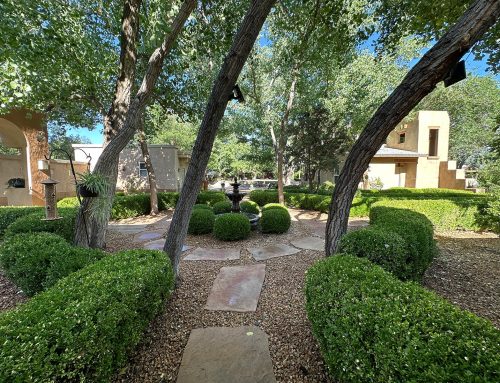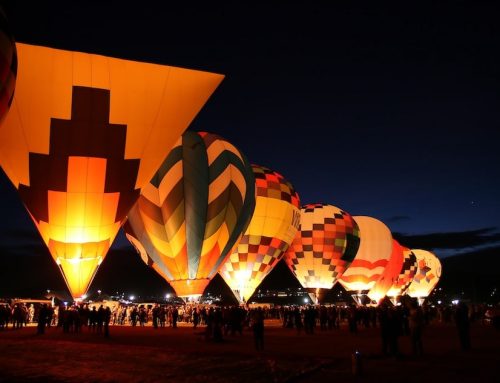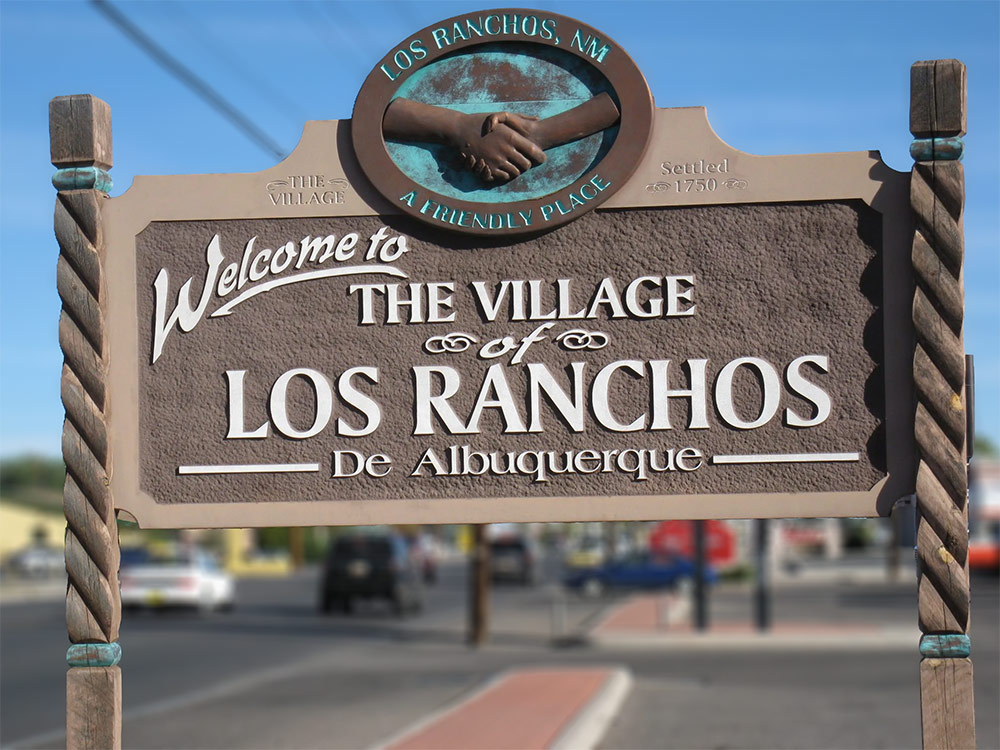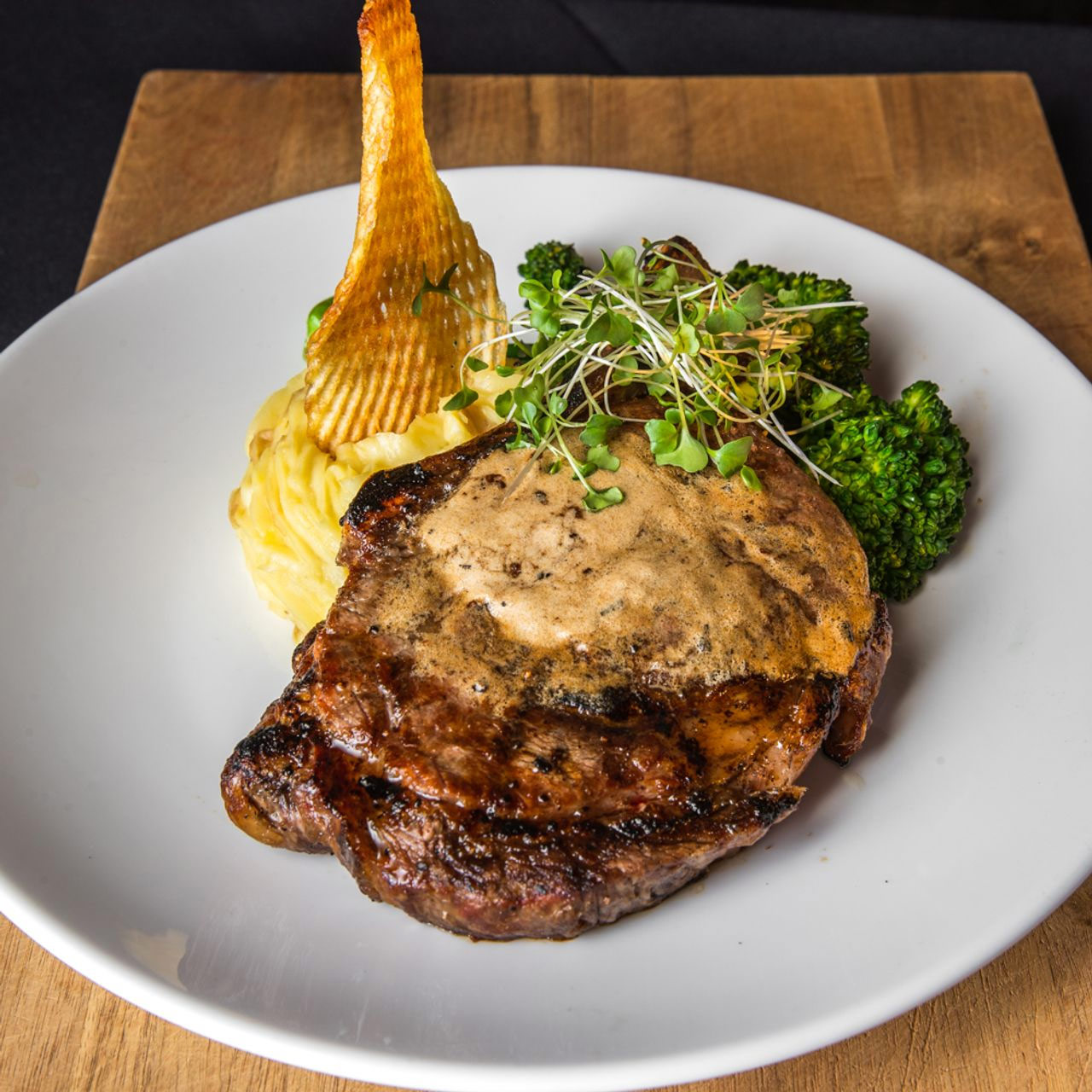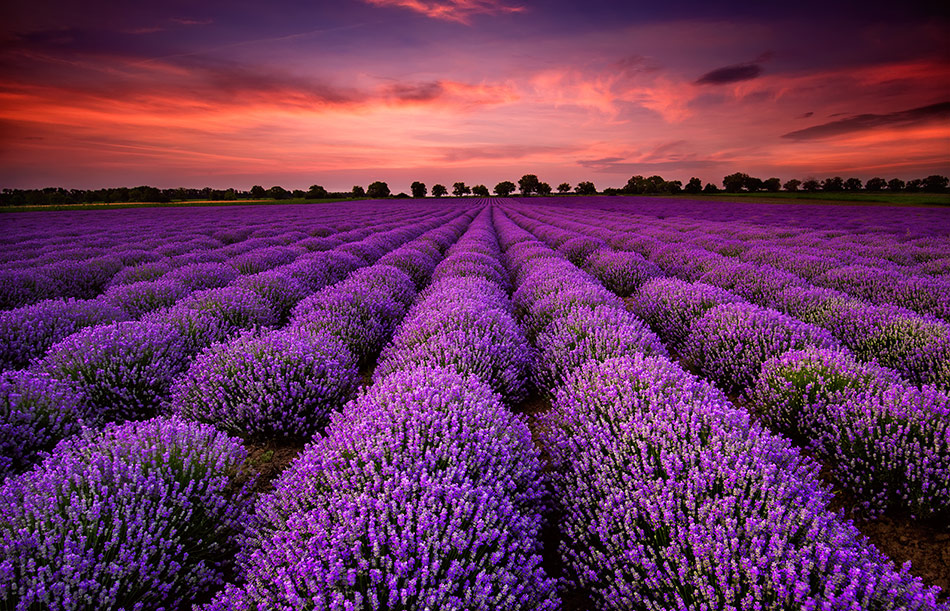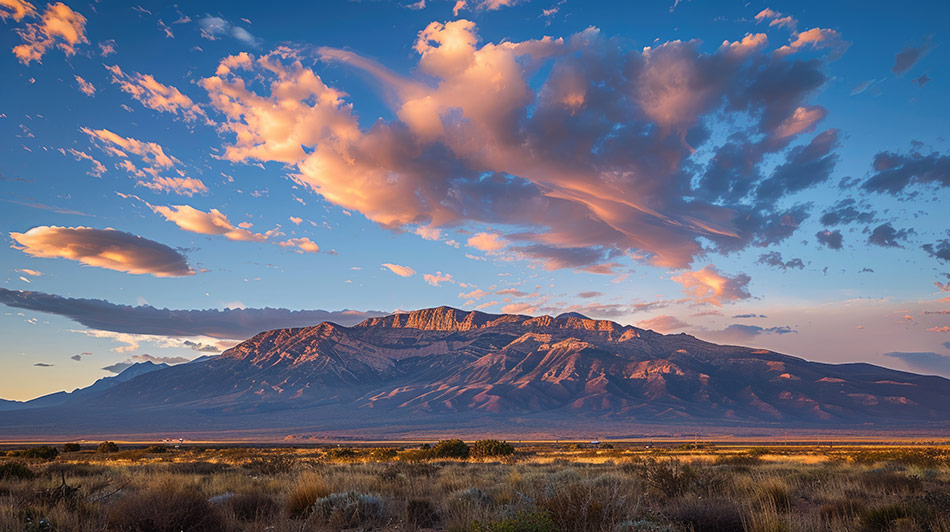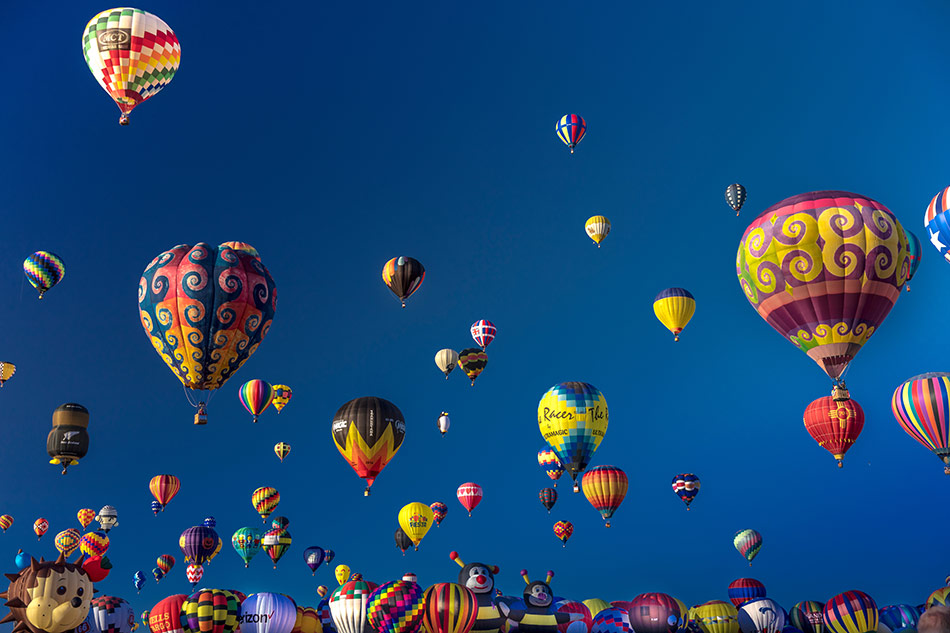Is There Really Power in the Now?
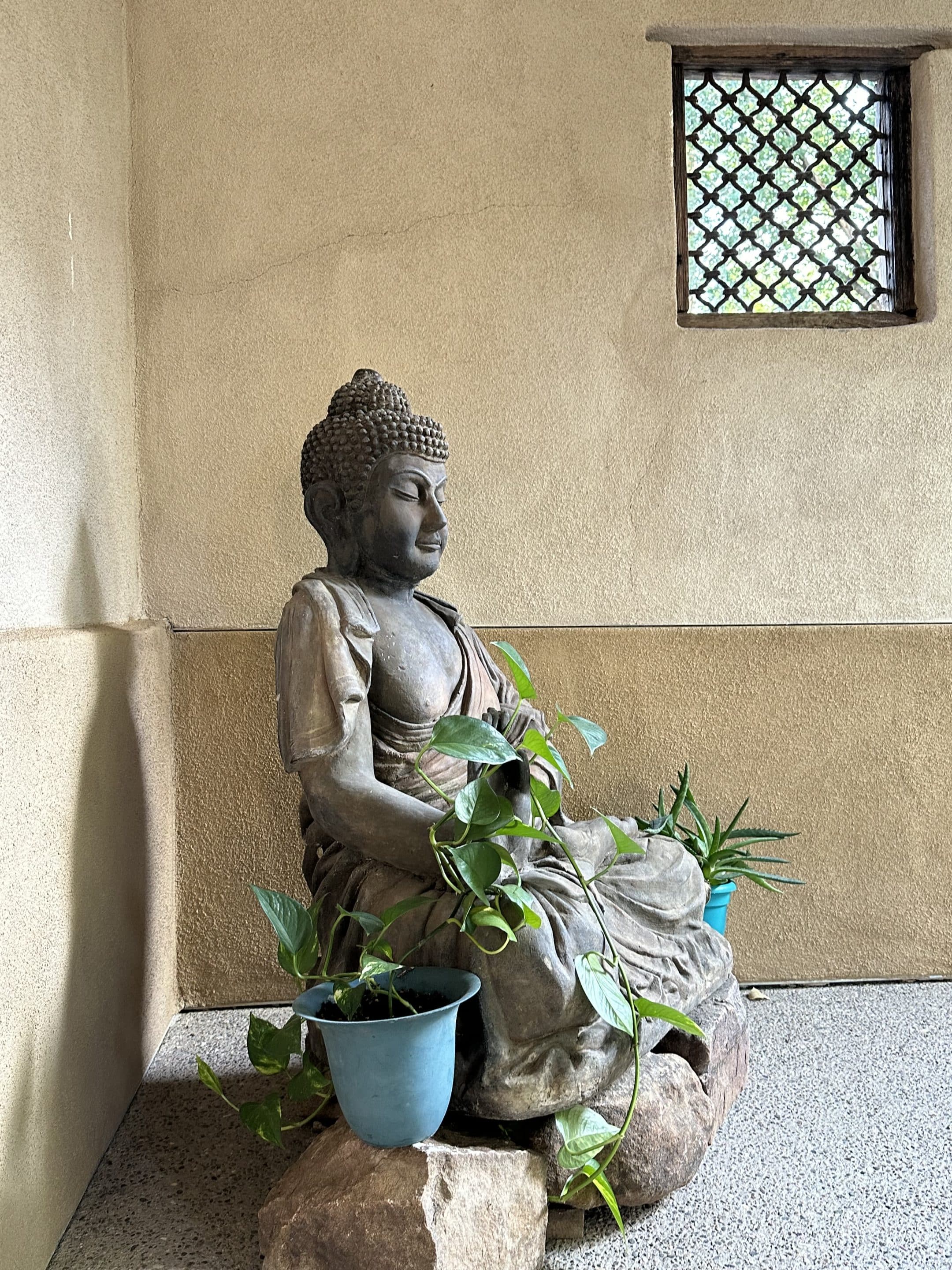
Is There Really Power in the Now?
Picture it: the 1960s—a time of revolution, of flower children, of minds expanded in colleges, lecture halls, and musical gatherings. Amid the tapestry of civil unrest, psychedelia, and truth-seeking, emerged a gentle guide named Ram Dass, who invited us all to “Be Here Now.”
Ram Dass, once Harvard psychologist Richard Alpert, became a spiritual torchbearer with a simple yet profound message: the answers we seek aren’t buried in the past or floating in the future. They’re quietly waiting in the present moment, in the NOW. His seminal book, Be Here Now, continues to whisper, that liberation lies not in doing more, but in simply being more present.
But let’s face it: the Now often feels elusive. Our monkey minds swing from branch to branch, fretting over finances and to-do lists and replaying awkward conversations from yesterday, last week and even 1999. Yet, every spiritual teacher from Buddha to Eckhart Tolle reminds us that mental clarity, peacefulness, and a quiet sense of well-being are found right here, right now.
So, What’s the Big Deal About Being Present?
Eckhart Tolle, in his bestselling book The Power of Now, reminds us that most suffering stems from our resistance to the present moment. He writes, “Realize deeply that the present moment is all you ever have. Make the Now the primary focus of your life.” In his follow-up book, A New Earth: Awakening to Your Life’s Purpose, he expands on this idea, showing how the ego clings to the past and future to define and continually renew itself—while the soul finds freedom in the Now.
Turns out, it’s more than just hippie feel-good philosophy. Being grounded in the present moment has some real proven perks :
Relationships and Social Skills
When we’re fully present with others, we build trust and connection. We notice more than just words—we tune into tone, expression, and the energy behind the conversation.
But too often, our attention is hijacked by screens. We stare at our phones more than we engage with the people sitting right in front of us. Devices rest on tables like honored guests, quietly suggesting that the next ping or buzz is more important than the conversation at hand. Mindful presence helps break that spell—the illusion that the next notification holds more excitement or value than the moment we’re already in.
Years ago, when we just had a landline telephone, my father used to say, “The phone is there for our convenience, not the caller’s.” Those words have always stayed with me—and they feel more relevant in our current culture than ever.
Mental and Emotional Well-being
Staying present helps reduce stress, sharpen focus, and bring more emotional clarity to our lives. In teachings found in Buddhism and echoed in many wisdom traditions, it’s said that when we live too much in the past, we risk falling into sadness and depression. When we live too far into the future, we stir up anxiety and unease. As Jesus wisely put it in Matt 6:34, “Do not worry about tomorrow, for tomorrow will worry about itself.” Even two thousand years ago, we were being gently nudged to stay present.
Mindfulness grounds us in the moment, where the mind isn’t spinning in regret or racing toward uncertainty. In the present, we find our footing—a steady, grounded place where stillness lives. From here, we can respond with intention rather than react from fears and habit.
Productivity and Creativity
Mindfulness isn’t just for meditation cushions, it’s the secret sauce of insight, focus, and inspired action. When we’re rooted in the present, we’re less scattered and more capable. We focus more deeply, make better decisions, and creative sparks arrive. Ironically, not from effort, but from alignment. “Alignment with what?” you might ask.
Alignment with Spirit, God, Yahweh, Source, Divine Intelligence, your Higher Self—heck, you can call it George. The present moment is where we access something greater than our thinking minds. The word inspiration literally meaning “in spirit”, and so we have access to insights flowing through us when we’re truly here now. Spirit doesn’t shout over the noise; it speaks through the silence. Whether it’s a lyric, a solution, or a sudden knowing, the most creative sparks often arrive not when we’re striving, but when we’re still.
When grounded in the Now, we act from insight-not habit, fear, or anxiety about what’s ahead, but from presence, where the potential of truth lives.
So How Do We “Be Here Now” in 2025?
Let’s be honest—modern life isn’t exactly engineered for presence. With Instagram reels pulling us down rabbit holes, influencers vying for our attention, and bombarding news alerts laced with just enough fear and urgency to keep us on edge, it’s no wonder we feel scattered. Don Henley wasn’t wrong when he sang, ‘the bubble-headed bleach blonde comes on at five, she can tell you ’bout the plane crash with a gleam in her eye…we love dirty laundry.’ It’s no wonder we feel disconnected. But the good news? We can return to the Now, again and again, with just a few simple tools:
- Breathe. Yep, that simple. A few conscious breaths can yank you out of autopilot and back into your body.
- Ground Yourself. Feel your feet on the floor. Notice the texture of your chair. Engage your senses (more on this next).
- Single-task. In a world that glorifies multitasking, dare to give one thing your full attention. Can you do it?
- Gratitude Practice. Pause and notice: What is beautiful, right now, in this moment?
- Mindful Pauses. Before answering a text, before walking into a meeting—take one or two mindful inhalations.
Practice The Power of The Pause
One of the quiet superpowers of being grounded in the now moment is the ability to pause. Practicing the pause means stepping back and becoming the observer—of your thoughts, your emotions, and your surroundings—without immediately reacting. That space between stimulus and response is where your ability to guide your emotions emerges, and where true transformation begins. It allows you to break free from knee-jerk reactions and respond with intention.
Don’t underestimate the power of this skill. Over time, this seemingly simple practice can reshape how you communicate, connect, and show up—in your career, in relationships and in life.
With Some Practice, It’s As Easy 5-4-3-2-1
Sometimes the quickest way back to the present is through your senses. Kristy LaMariana, founder of O’Waken Foundation, a non-profit focused on Senseful Living and Social Change, describes Senseful Living as “a deconstruction of mindfulness, practiced by consciously engaging with and being aroused by the five senses: sight, sound, touch, taste, and smell”. It’s a practice that invites us not just to notice our surroundings, but to feel enlivened by them. To learn more and to take a dive deeper into Senseful Living, you can connect with Kristy at SantuaRio Grande.
Here’s a simple, science-backed technique to ground yourself anytime, anywhere: The 5-4-3-2-1 Technique goes like this:
– Look for **5 things** you can see and name around you.
– Touch **4 things** and pay attention to their textures.
– Listen for **3 sounds**. Maybe the hum of a fan or birds chirping.
– Identify **2 scents**, even if it’s just the smell of the room.
– Lastly, notice the taste in your mouth or take a sip of a drink.
Be Here Now
Think about it; The past only exists in our minds-as memory, as story, as echo. The future lives in our imagination, a sketch of hope or fear not yet drawn. The present moment is all there really ever is. It’s the only place life actually happens—where we can see, hear, touch, taste, and smell the reality of right now. As the quote, often attributed to Eleanor Roosevelt, reminds us: “Yesterday is history, tomorrow is a mystery, but today is a gift. That’s why it’s called the present.”
Practice being present here at SantuaRio Grande–NOW!
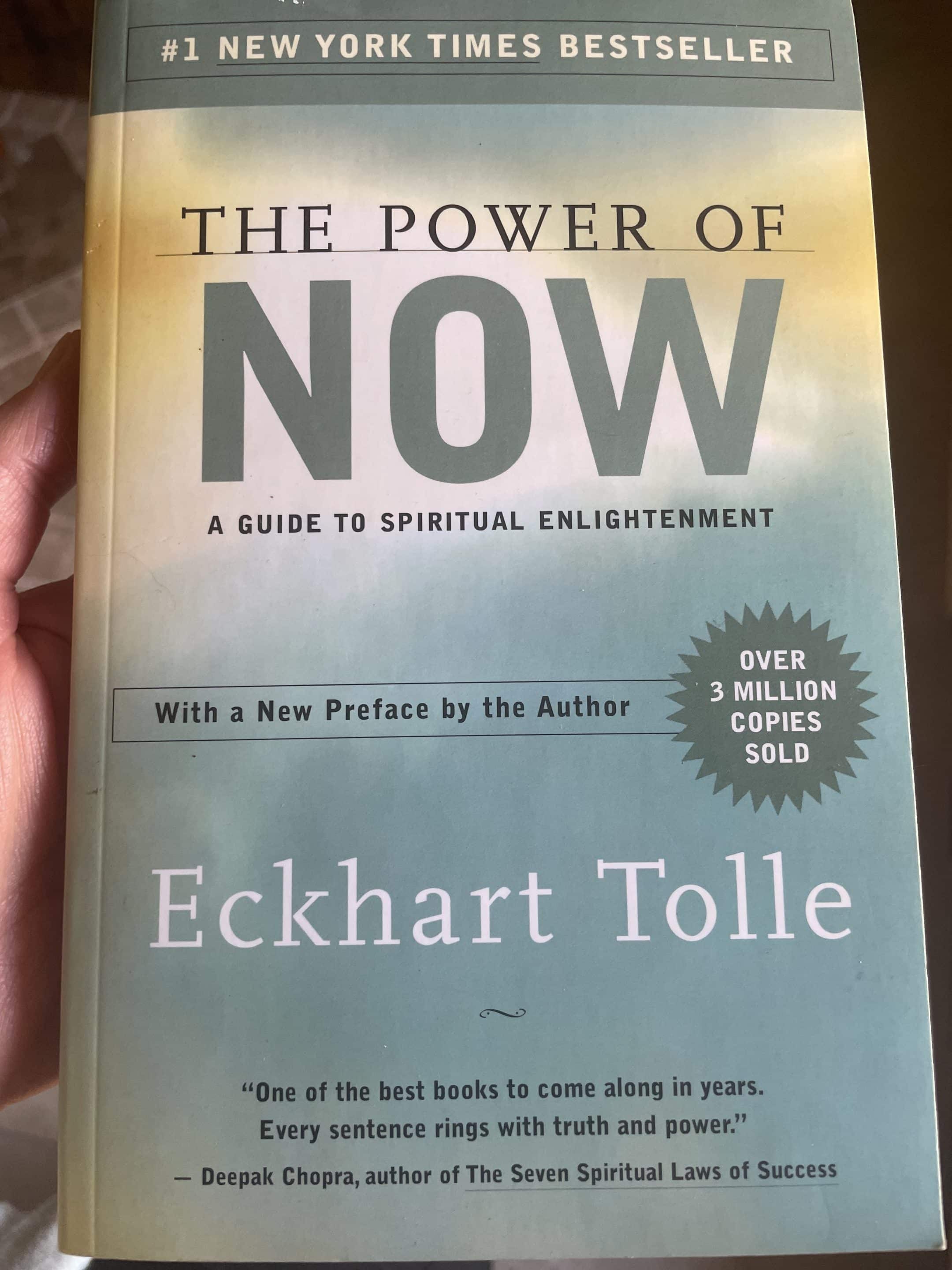

Version 1.0.0
Be Here Now - Ram Dass

